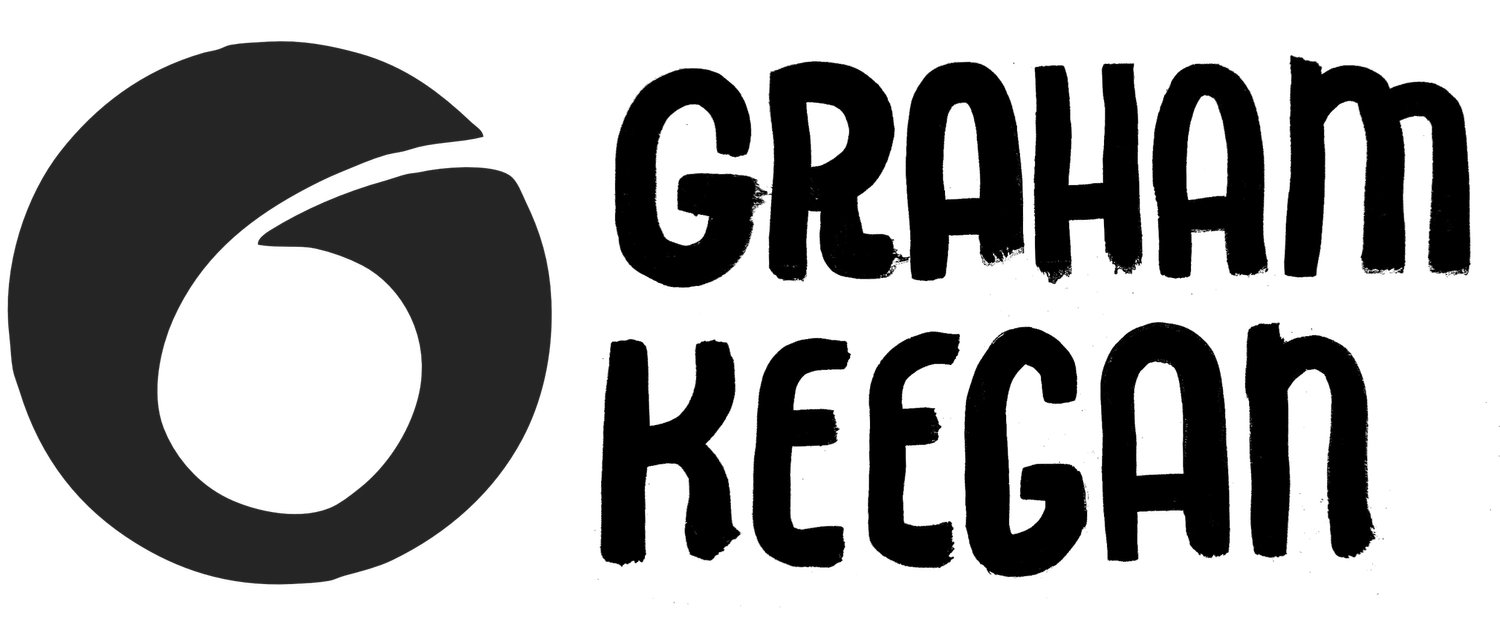Preventing Crocking and Dyeing Large Fabrics Like Bedding
Q: How do I prevent indigo dye from rubbing off onto other surfaces when the fabric is subjected to abrasion? My daughter dyed some bedding with a very similar kit and over time it left blue in our dryer and stained some other bedding/clothing.
A: Great question! Also, the tendency of a dyed fabric to give off color when the surface is rubbed is called crocking. Bedding is notoriously challenging to dye well in home use kits! Every sheet or duvet cover or whatever is just so much material that it often overwhelms the activity of the vat and causes the vat chemistry to become oxidized and the indigo becomes under-reduced which causes poor color uptake into the fabric. This leads to more crocking of your goods.
Also, large items will inevitably stir up whatever sediment exists at the bottom of the vat which can also 'clog' (for lack of a better term) the fabric which will also lead to poor and uneven color uptake.
I mostly dye indigo in a 50 gallon vat - and that can handle sheets and larger yardage panels but even I don't dye them often! Sheets are a great place to practice some larger folded patterns though. And they're much easier to dye when folded into bundles. I recommend keeping the total number of layers of the material under 25 otherwise you just end up with a LOT of white area.
My recommendation for optimizing color uptake on large items and avoiding crocking would be to pre-soak the goods in hot water prior to going in the vat with the addition of a little soda ash - say a tablespoon per gallon. This alkaline water can really help wet out the fabric and will help keep the pH of the vat from shifting toward acidic.
Other than that, rinse rinse rinse prior to washing after dyeing. And I always wash indigo goods alone on their first laundering. Also I never wash in a front loading washer with the tight seals. Those can actually create and maintain a reduction environment which can discharge some color from the piece during the cycle. I wash all my indigo goods in a top loader on the gentle setting with detergent.
There are also soy coatings made from fresh bean soy milk that can be added onto fabric after dyeing to essentially seal in the indigo but those require ageing and oxidizing (for at least a few weeks) before washing. They act as a transparent protective later. I hope to post more about that soon. John Marshall covers that process in his book Singing the Blues - shameless plug - which is available on my website www.grahamkeegan.com
